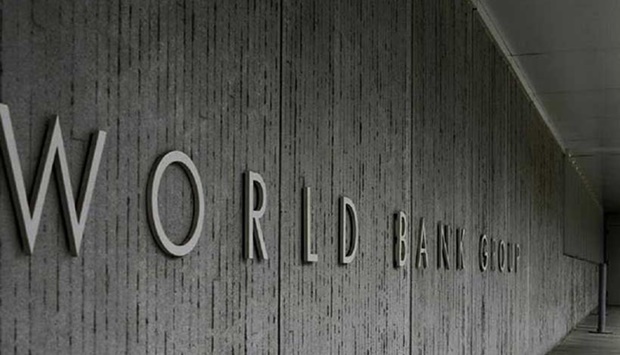Renewable energy presents significant opportunities for economic growth, employment, and social inclusion for the Middle East and North Africa region, the World Bank said and noted Mena receives 22%-26% of all solar energy striking the earth.
Renewable energy (not including hydropower) is responsible for less than 1.5% of all electricity generation in the region (vs 10% global average), the World Bank said.
Thanks to high potential in renewable energy resources, Mena can decarbonise its energy systems with significant socio-economic and environmental benefits.
Mena receives 22%-26% of all solar energy striking the earth. Solar energy potential in Mena per square kilometre is equivalent to energy produced by 1mn-2mn barrels of oil annually and could meet at least 50% of global electricity demand.
75% of Mena has average wind speeds that exceed the minimum threshold for utility-scale wind farms. Wind speeds in countries such as Morocco, Egypt and Tunisia are amongst the highest in the world.
A transition to low carbon energy systems could drive economic growth through industrial diversification, new value-chain activities, strengthened regional trade and economic cooperation.
The development, management and maintenance of renewable installation can create sustainable jobs with a just transition approach, as the workforce shifts in locality and skillsets.
In Morocco, the cumulative net job creation in the next 30 years could amount to 761,914.
Energy transition presents an opportunity for increased female labour, as globally women represent 32% of fulltime employees in renewable energy, compared to 22% on average in the global oil and gas industry.
According to World Bank, Mena's major resource-rich countries are economically dependent on the oil and gas trade.
Fossil fuels average 50% of exports for the GCC countries, Iraq, Libya, Iran.
Primary energy demand is expected to double by 2030 and the region’s share in global oil production is expected to increase from 35% to 44% in 2030 due to population and economic growth (EIA).
Both oil and gas exporter and importer countries face increasing fuel insecurity and vulnerability, as climate change and decarbonisation efforts will pose significant transition risks.
Mena's greenhouse gas (GHG) footprint is low when compared to other regions (8.7% of global emissions).
Mena is the only region in which growth of CO2 emissions per capita has outpaced the growth of average incomes, World Bank said and noted GHG emissions would more than triple by 2060 (from a 2000 baseline scenario).
Mena is the world’s most water-scarce region, it noted. Climate change is severely compromising water security, sustainability of lands, food security and ecosystems.
Renewable energy (not including hydropower) is responsible for less than 1.5% of all electricity generation in the region (vs 10% global average), the World Bank said.
Thanks to high potential in renewable energy resources, Mena can decarbonise its energy systems with significant socio-economic and environmental benefits.
Mena receives 22%-26% of all solar energy striking the earth. Solar energy potential in Mena per square kilometre is equivalent to energy produced by 1mn-2mn barrels of oil annually and could meet at least 50% of global electricity demand.
75% of Mena has average wind speeds that exceed the minimum threshold for utility-scale wind farms. Wind speeds in countries such as Morocco, Egypt and Tunisia are amongst the highest in the world.
A transition to low carbon energy systems could drive economic growth through industrial diversification, new value-chain activities, strengthened regional trade and economic cooperation.
The development, management and maintenance of renewable installation can create sustainable jobs with a just transition approach, as the workforce shifts in locality and skillsets.
In Morocco, the cumulative net job creation in the next 30 years could amount to 761,914.
Energy transition presents an opportunity for increased female labour, as globally women represent 32% of fulltime employees in renewable energy, compared to 22% on average in the global oil and gas industry.
According to World Bank, Mena's major resource-rich countries are economically dependent on the oil and gas trade.
Fossil fuels average 50% of exports for the GCC countries, Iraq, Libya, Iran.
Primary energy demand is expected to double by 2030 and the region’s share in global oil production is expected to increase from 35% to 44% in 2030 due to population and economic growth (EIA).
Both oil and gas exporter and importer countries face increasing fuel insecurity and vulnerability, as climate change and decarbonisation efforts will pose significant transition risks.
Mena's greenhouse gas (GHG) footprint is low when compared to other regions (8.7% of global emissions).
Mena is the only region in which growth of CO2 emissions per capita has outpaced the growth of average incomes, World Bank said and noted GHG emissions would more than triple by 2060 (from a 2000 baseline scenario).
Mena is the world’s most water-scarce region, it noted. Climate change is severely compromising water security, sustainability of lands, food security and ecosystems.


